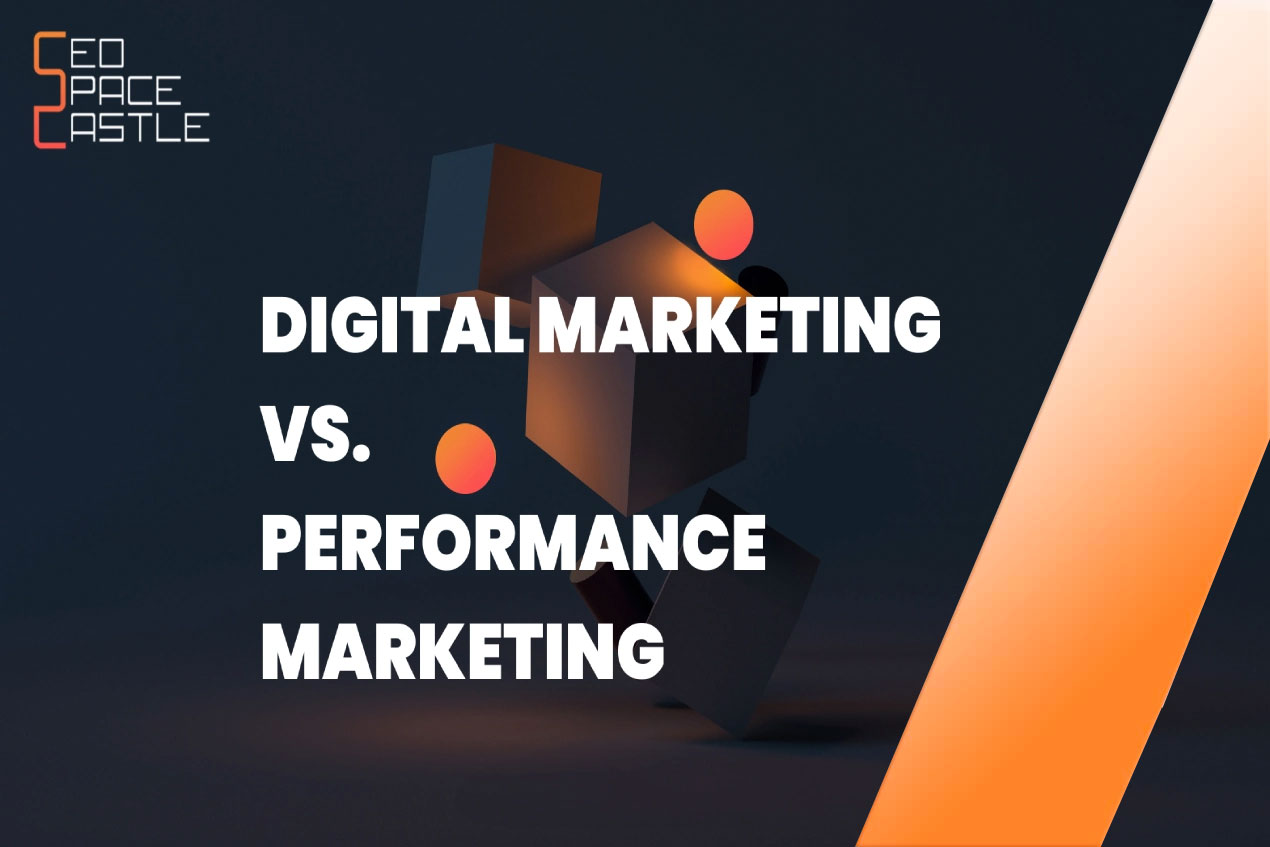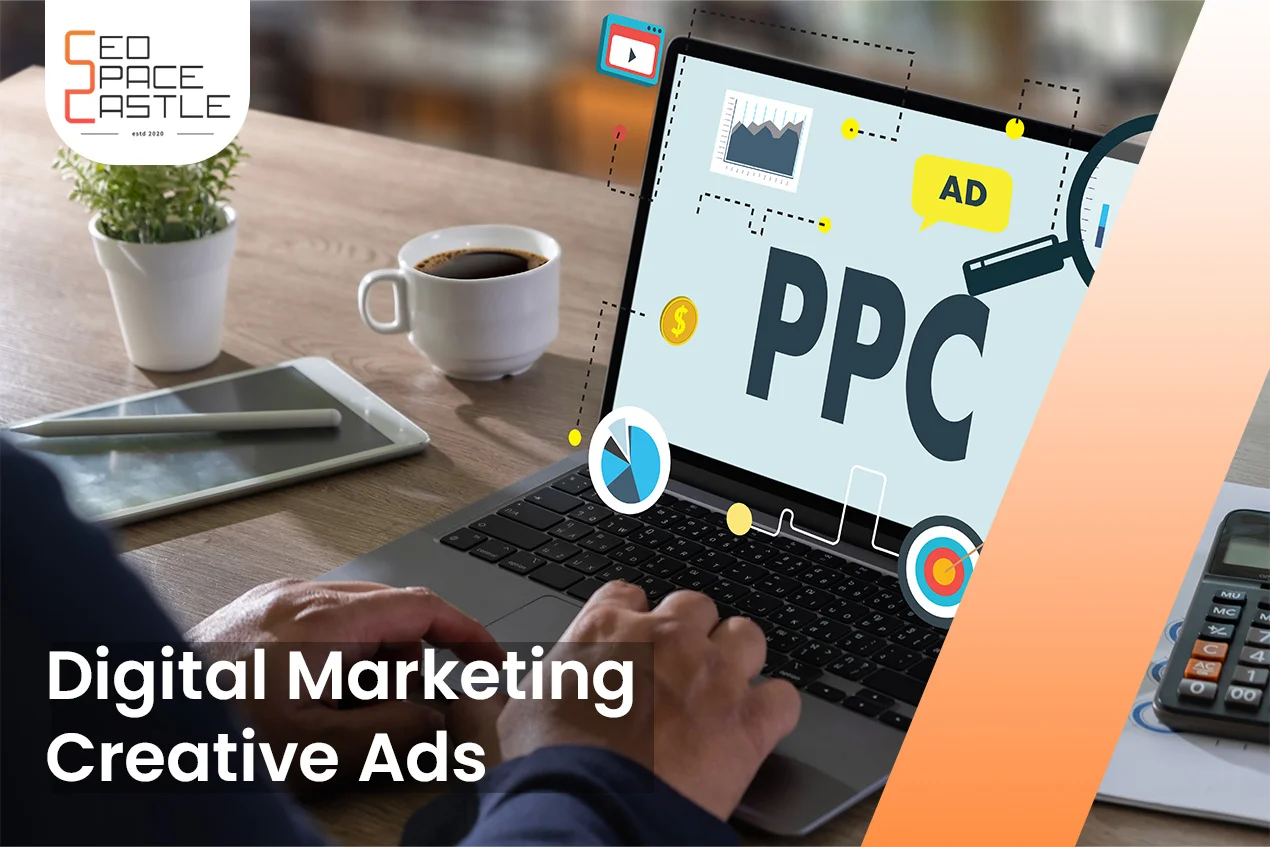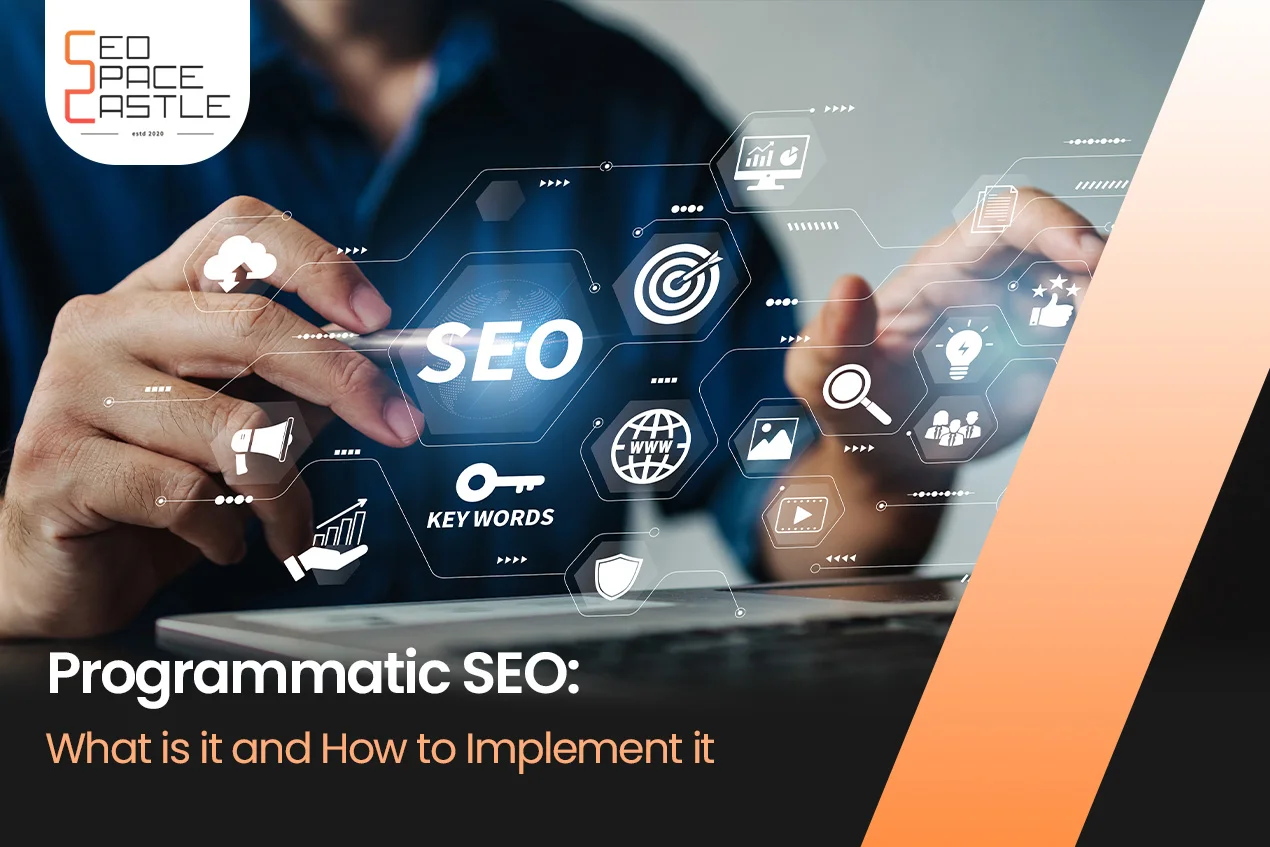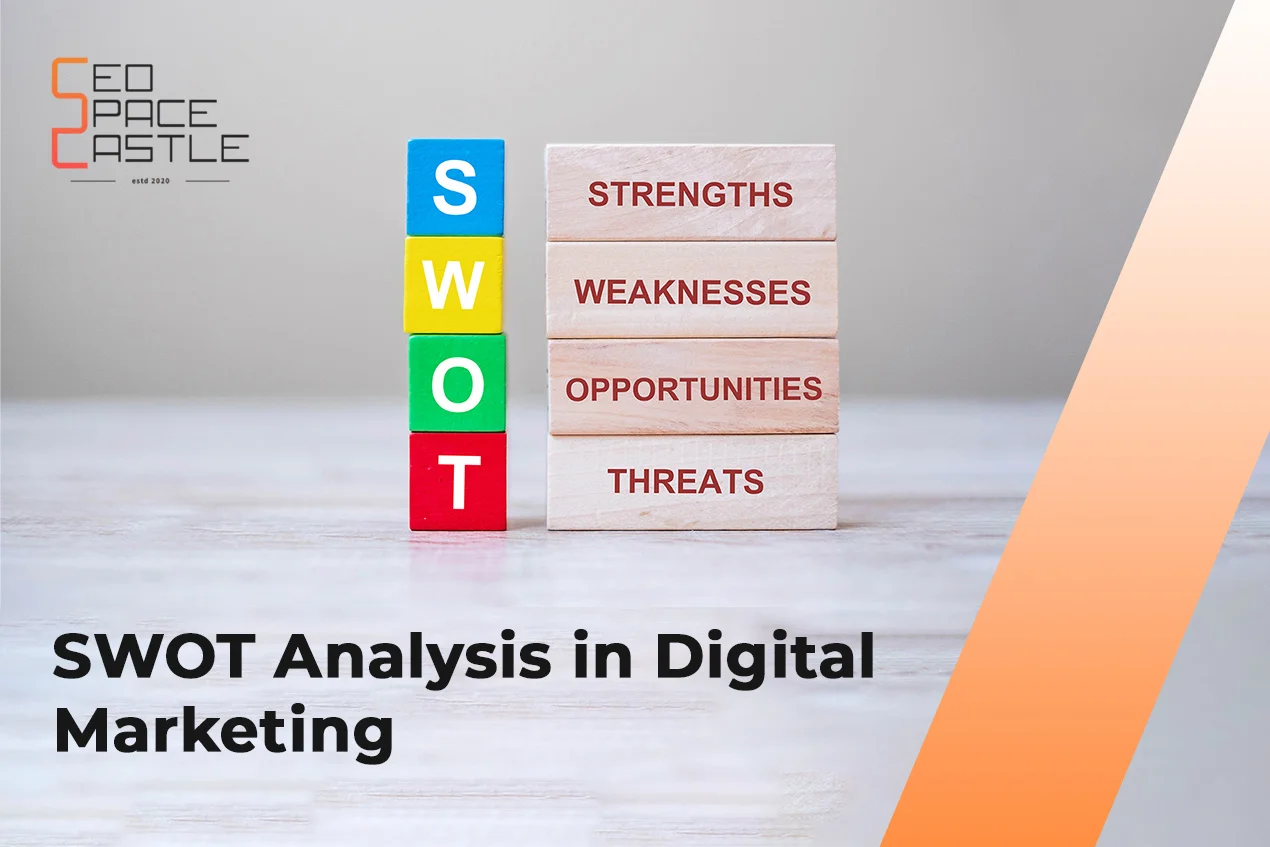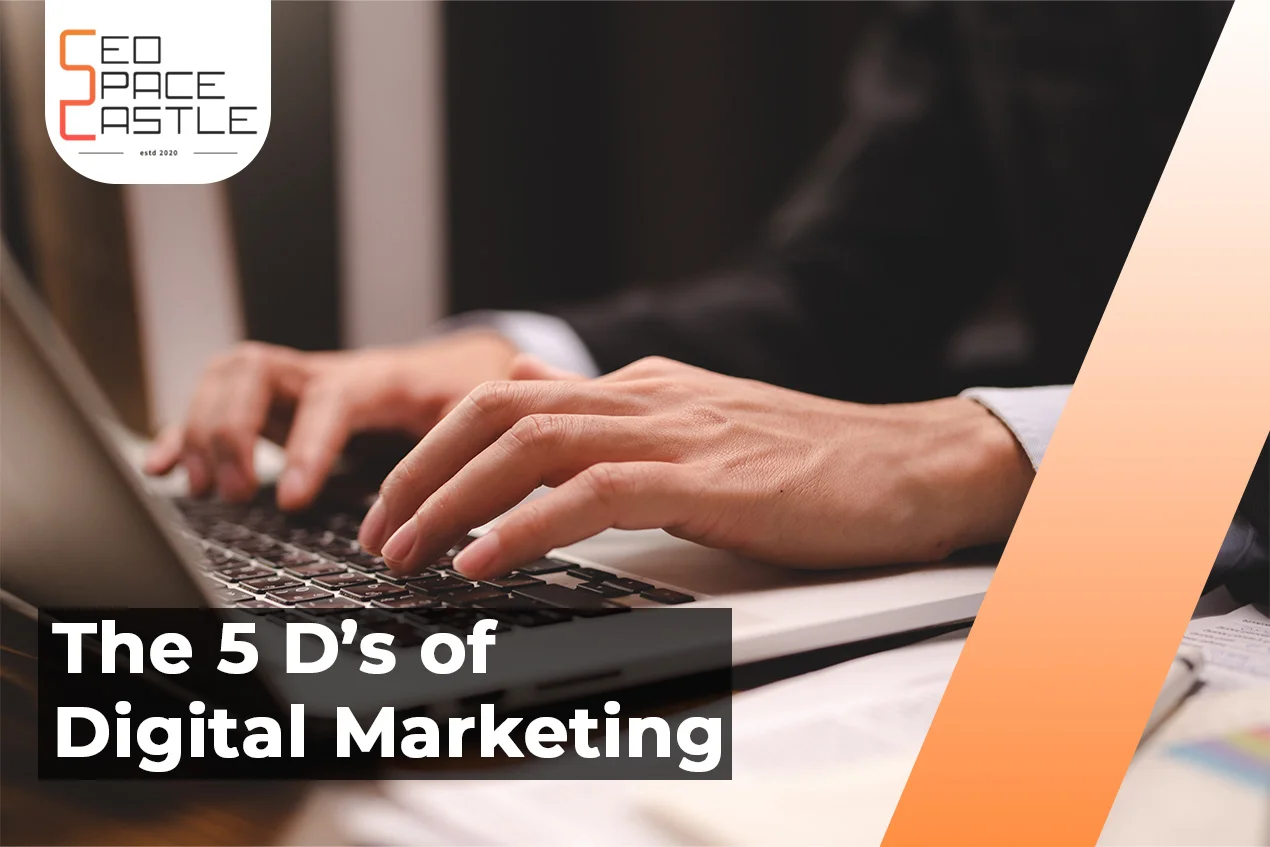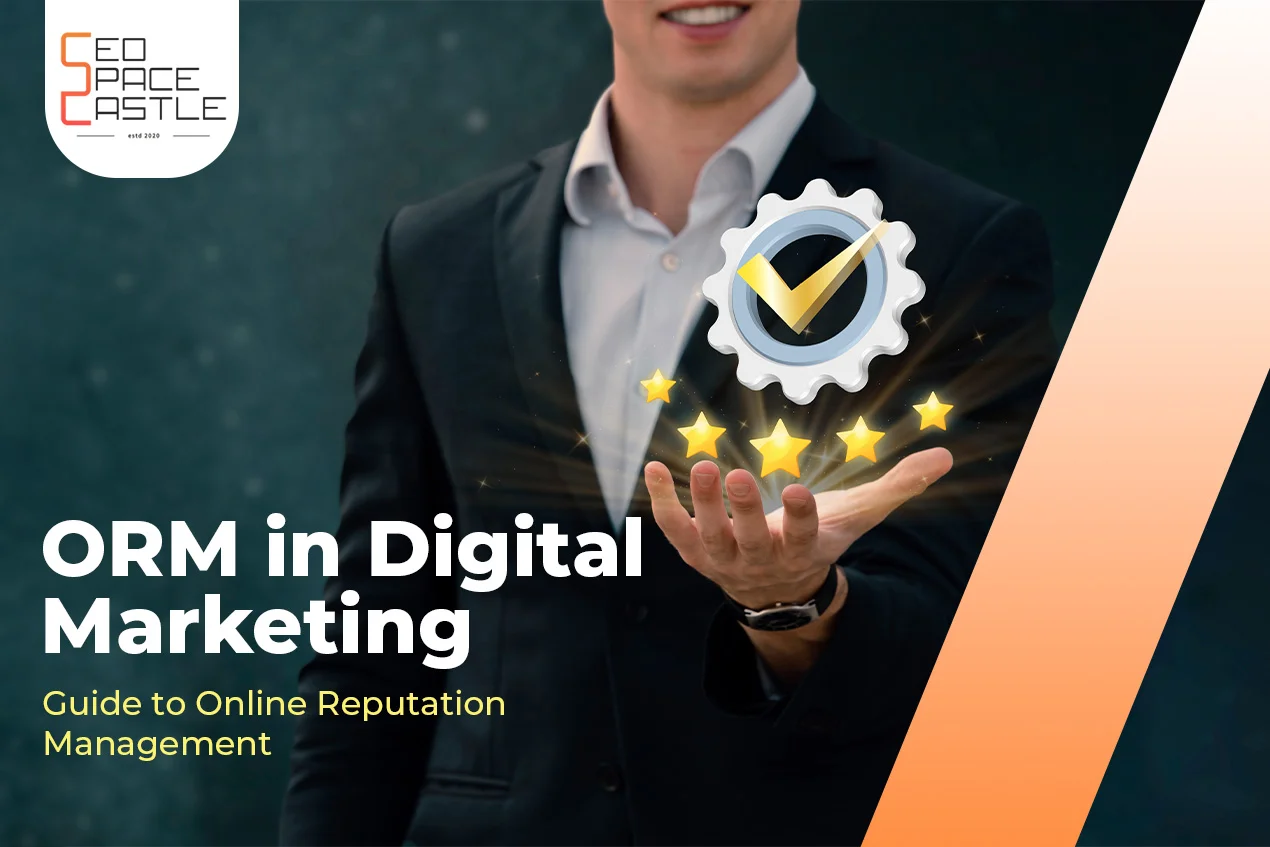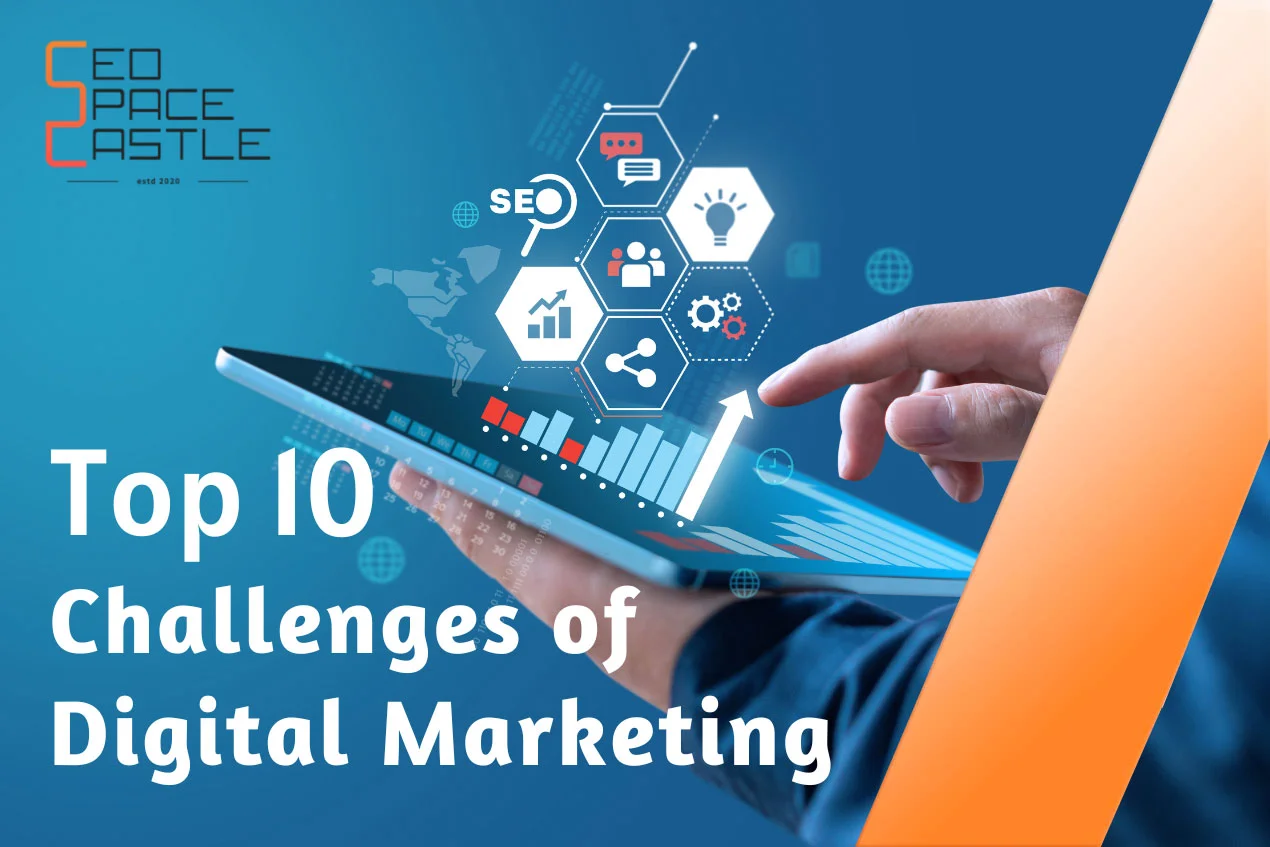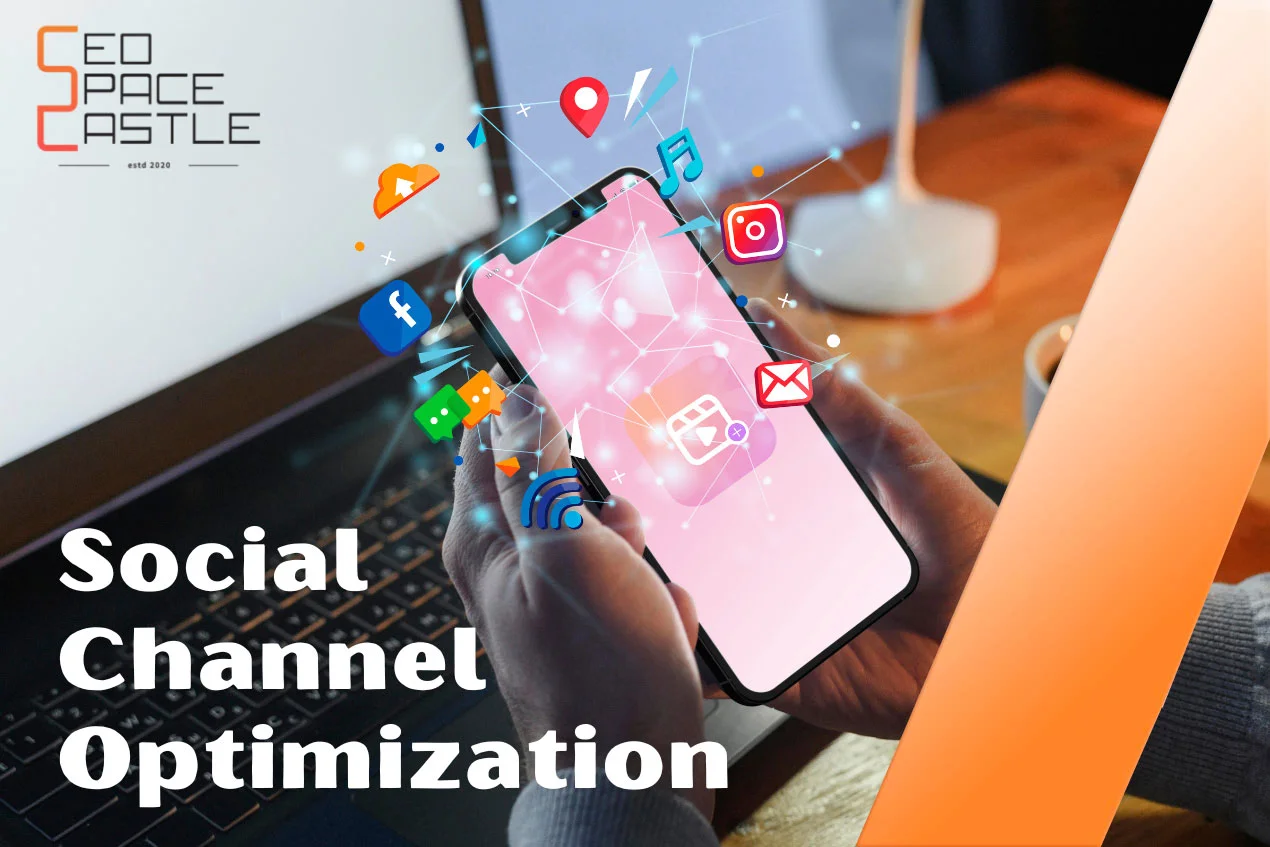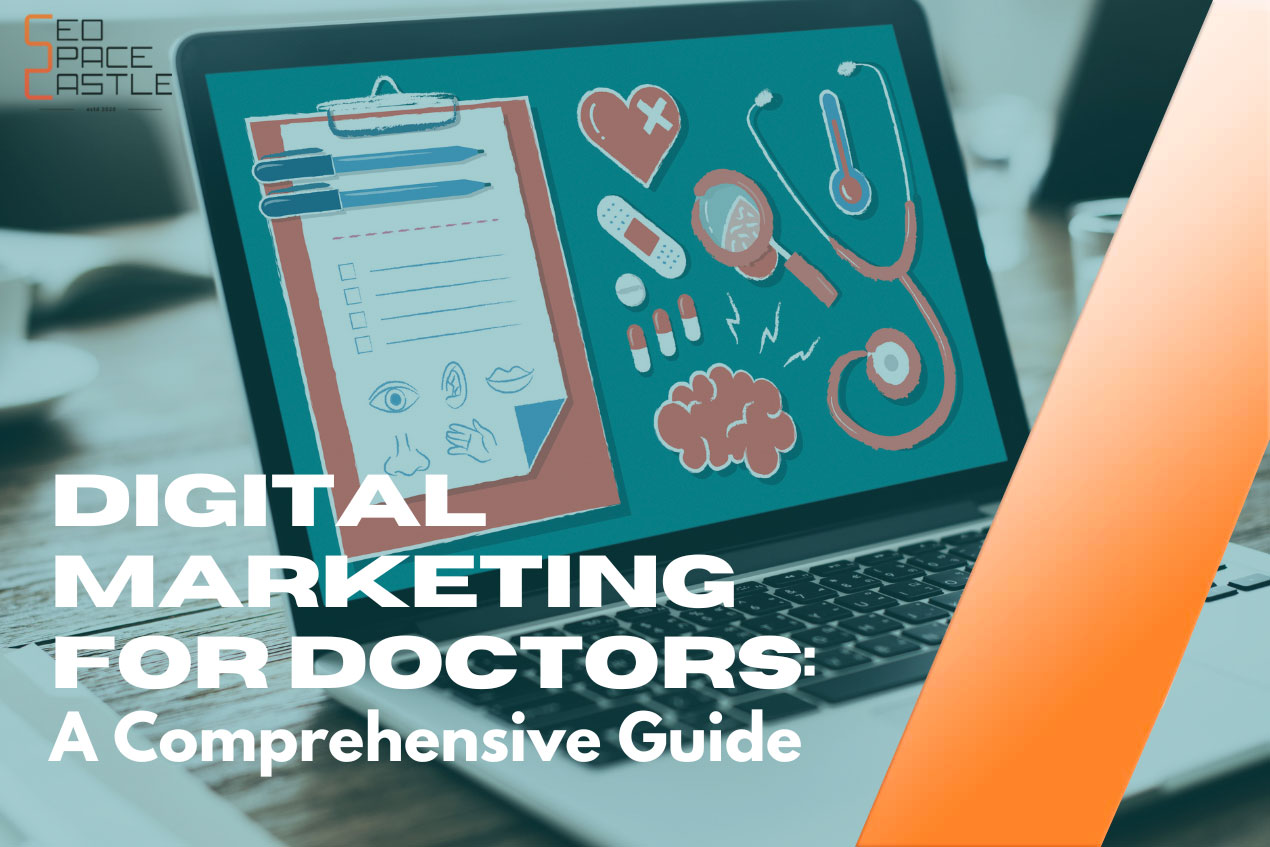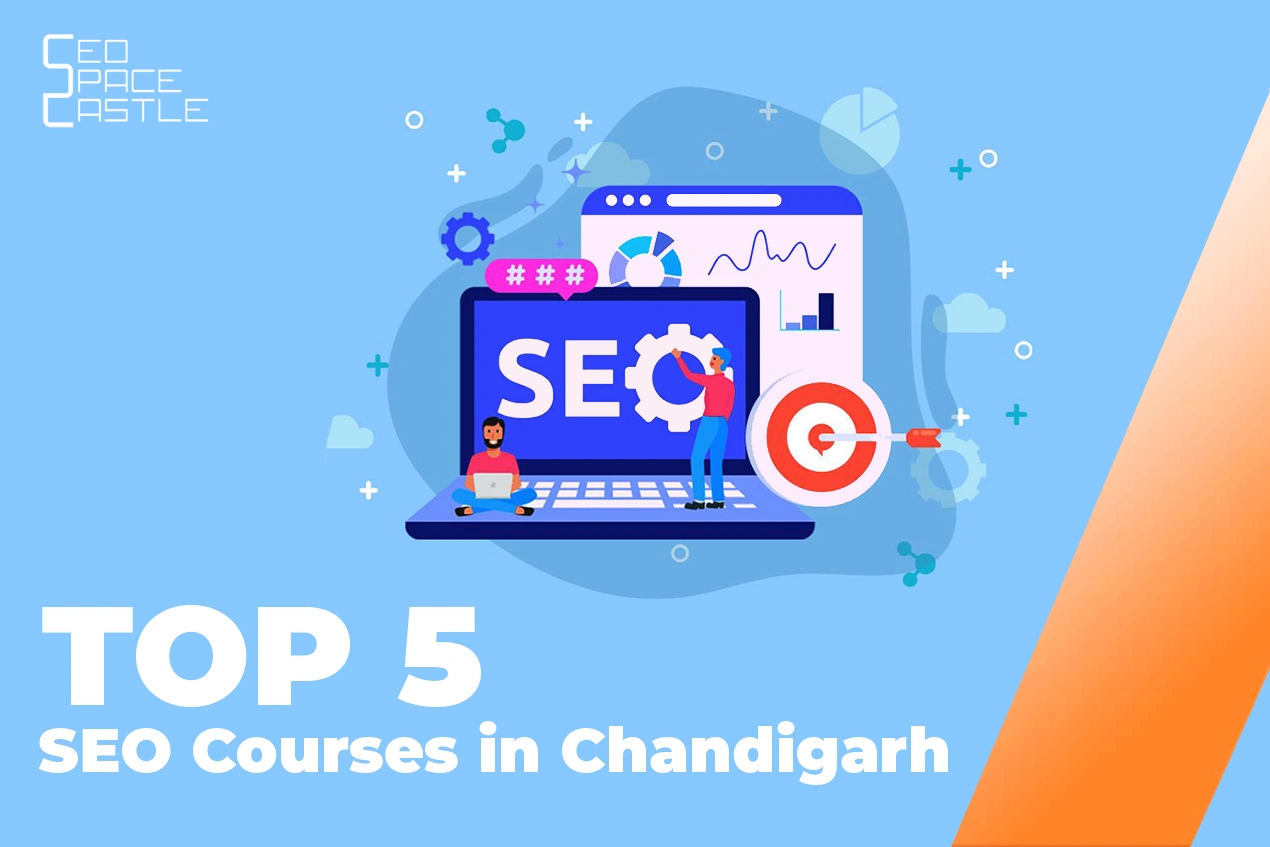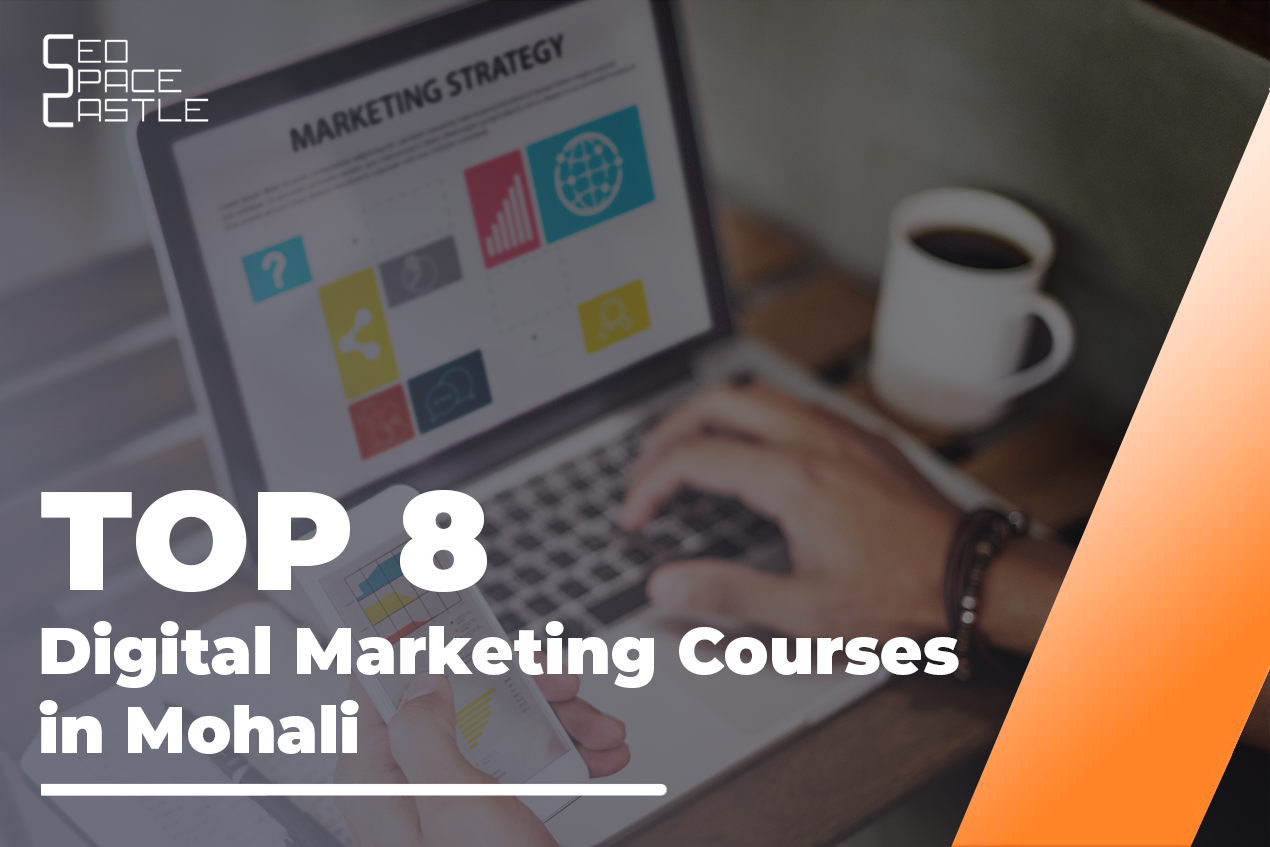Understanding the differences and similarities between these two techniques that produce results is essential in the always-changing world of digital marketing. The two pillars of this world are performance marketing and digital marketing, each with its own set of methods, goals, and key performance indicators. The decision between these two strategies becomes increasingly important as companies continue using the digital world's power to connect with their target consumers. They might sound similar, even if they can be used interchangeably, but they're not the same thing. In this guide, we'll delve into the worlds of performance marketing and digital marketing to provide you with the information and understanding you need to choose your marketing techniques wisely.
Table of Contents
What is Performance Marketing?
Performance marketing is like the precision tool in your marketing toolkit. It's all about setting clear, measurable goals and tracking your progress meticulously. Think of it as a digital treasure hunt where you know exactly what you're searching for.
Types of Performance Marketing
I) Pay-Per-Click (PPC) Advertising:In this type of advertising, businesses are charged a fee each time an ad is clicked. It's a highly focused strategy frequently utilized in social media platforms and search engine advertising (like Google Ads). When a user searches for specific keywords, advertisements from bidders are shown.
II) Affiliate marketing: Companies partner with affiliates or partners who market their goods or services in this strategy. Each sale, lead, or other action produced by an affiliate's marketing efforts results in a commission payment to the affiliate. It's a practical technique to increase the reach of your marketing efforts.
III) Email marketing: When intended to prompt particular activities, it can be called performance marketing because it is very quantifiable. Metrics such as open rates, click-through rates, and conversion rates are used to assess the Performance of Email Campaigns.
How to Measure Performance Marketing:
I) Return on Investment (ROI): ROI is your ultimate goal when it comes to performance marketing. Calculate how much you've earned from your performance marketing efforts compared to your spending. ROI = [(Revenue - Cost of Marketing) / Cost of Marketing] * 100. It's like counting your profits after a busy day in your store.
II) Conversion Tracking: In performance marketing, conversions are your currency. Track them meticulously to see which campaigns, keywords, or ads drive the most conversions. It's like identifying which promotions in your store attract the most customers.
III) Cost Per Action (CPA): It measures the performance of a campaign by acting by the target audience, like downloading, subscribing, signing up, etc.
IV) Cost Per Mille (CPM): The cost of showing every 1000 times digital ad to viewers. Marketers focus less on this metric.
V) Cost Per Click (CPC): The cost of clicking the ad every time by the viewer.

What is Digital Marketing?
Digital marketing, on the other hand, is the broad canvas where you paint your brand's masterpiece. It includes performance marketing but goes beyond it. It's like the whole art gallery, not just one painting.
Types of Digital Marketing
I) Search Engine Optimization (SEO):The technique of improving a website's search engine results pages (SERPs) is called Search Engine Optimization or SEO. It uses both on-page and off-page strategies to increase organic exposure, including technical SEO, link building, content optimization, and keyword research.
II) Content Marketing: The goal of content marketing is to draw in and hold the attention of a target audience by producing and distributing good, pertinent material. This includes articles, blog posts, films, infographics, and more intended to instruct, amuse, or inspire.
III) Social Media Marketing: Utilizing social media sites like Facebook, Twitter, Instagram, and LinkedIn to connect with and engage with a target audience is known as social media marketing. Social media marketing combines organic postings, paid advertising, and social listening to analyze and address client demands.
How to Measure Digital Marketing:
I) Website Traffic: Start with the basics. Monitor your website traffic using tools like Google Analytics. Track the number of visitors, page views, and bounce rate. It's like counting footprints in your store.
II) Conversion Rates: Measure how many visitors take desired actions, such as purchasing or signing up for your newsletter. Conversion rate = (Conversions / Total Visitors) 100. Think of it as the checkout line at your physical store.
III) Social Media Engagement: Keep an eye on likes, shares, comments, and Social Media Traffic on your different platforms. It's like measuring the buzz around your store in the local community.
The Final Verdict
In conclusion, performance marketing vs digital marketing both play essential roles in any online marketing plan, but they do it in distinct ways. To create brand loyalty and a solid online presence, digital marketing must emphasize long-term success measures. On the other hand, performance marketing focuses on driving particular activities, stressing ROI, and achieving quick, quantifiable outcomes. The two decisions will depend on your specific goals and time frame. Still, a balanced strategy that incorporates both approaches frequently produces the most significant results, guaranteeing long-term brand health and immediate, quantifiable achievement.
So, go ahead and make your business shine, whether aiming at your target with performance marketing, curating a masterpiece with digital marketing – or maybe a little bit of both.



